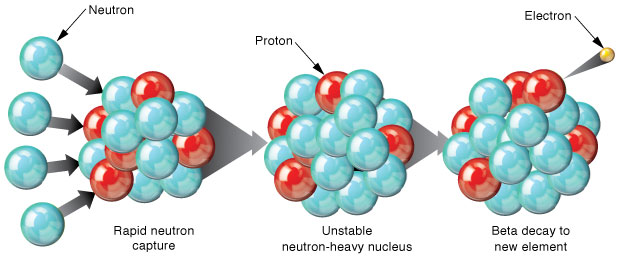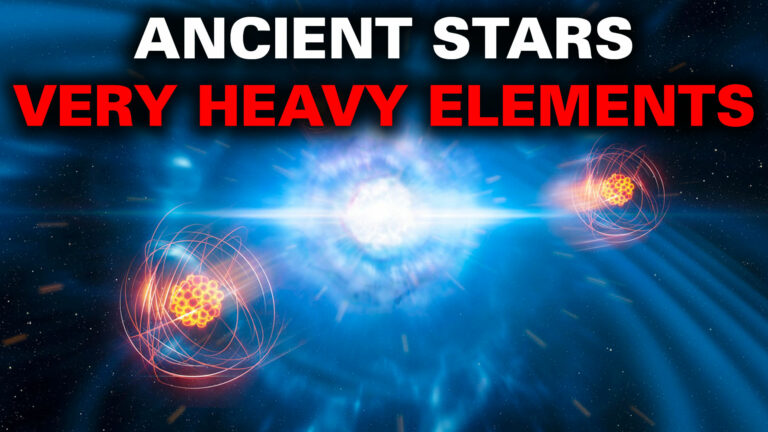Old Stars Capable of Producing Elements Featuring Over 260 Protons
The inaugural stars of the Universe were colossal entities, consisting solely of hydrogen and helium and reaching masses up to 300 times that of the Sun. Within these stars, the genesis of heavier elements occurred, ultimately released into the cosmos as these celestial giants concluded their brief existence. These primordial stars served as the progenitors, laying the foundation for the stars and planets visible in today’s universe. A recent study proposes that these ancient celestial forebears not only generated natural elements but also may have been responsible for the creation of elements with atomic masses surpassing 260.
With the exception of hydrogen, helium, and trace amounts of other light elements, virtually all the atoms in our surroundings originated from astrophysical phenomena, such as supernovae, neutron star collisions, and high-energy particle collisions. Through these processes, heavier elements were synthesized, extending up to Uranium-238, the heaviest naturally occurring element. The formation of Uranium involves the r-process, wherein neutrons are swiftly captured by atomic nuclei, leading to the creation of a heavier element. The intricacies of the r-process remain enigmatic, with uncertainties surrounding its mechanisms and the potential upper limit of atomic masses it can produce. However, the recent study suggests that in the earliest stars, the r-process may have given rise to elements with atomic masses surpassing 260.

The research team examined 42 stars within the Milky Way, characterized by a well-understood elemental composition. Instead of merely detecting the presence of heavier elements, their focus encompassed assessing the relative abundances of elements across these stars. The study revealed discrepancies in the abundance of certain elements, such as silver and rhodium, compared to the predicted abundance derived from established r-process nucleosynthesis. The data indicates that these elements are remnants of decay originating from nuclei with atomic masses exceeding 260.
While heavy atomic nuclei can be formed through the p-process, involving neutron-rich nuclei capturing protons, and the s-process, where a seed nucleus captures a neutron, neither process can facilitate the rapid mass accumulation necessary for elements beyond uranium. The study suggests that the r-process, characterized by rapid neutron capture, could indeed generate elements extending beyond uranium, particularly within the hypermassive first-generation stars of the Universe.
Consequently, this research implies that the r-process played a role in creating elements well beyond uranium, likely occurring within the initial stars of the cosmos. Unless certain ultra-heavy elements possess an “island of stability,” they would have undergone decay long ago, contributing to the natural elements observed today. Nonetheless, the knowledge that these elements once existed provides valuable insights for scientists seeking a deeper understanding of the r-process and its limitations.
Reference: Roederer, Ian U., et al. “Element abundance patterns in stars indicate fission of nuclei heavier than uranium.” Science 382.6675 (2023): 1177-1180.
Do not forget to share your opinion with us to provide you with the best posts !




0 Comments